Donald Trump goes light on China on Day One, except where the Panama Canal is concerned
China got only one mention in US President Donald Trump’s inaugural address on Monday, but the comment was threatening – especially to a country much closer to America.
Suggesting that China’s operations in the Panama Canal constituted a degree of ownership of the Central American waterway, Trump asserted that Panama – the country it runs through – violated the treaty that transferred the canal to it.
In his address, Trump also warned generally of tariffs and the need to protect American workers, a line of attack that usually involves China. But he did so without mentioning the country or any specifics on punitive levies.
Do you have questions about the biggest topics and trends from around the world? Get the answers with SCMP Knowledge, our new platform of curated content with explainers, FAQs, analyses and infographics brought to you by our award-winning team.
Trump’s ambition for the US to regain control of the Panama Canal is an idea he has repeatedly turned to after winning re-election in November.
Panama had violated “the purpose of our deal and the spirit” of the treaty that gave title to the canal and US ships were being “severely overcharged”, he said on Monday – adding that China is the one profiting the most there.
“And we didn’t give it to China. We gave it to Panama, and we’re taking it back.”
The US completed the canal, a cut-through linking the Pacific and Atlantic oceans, in 1914 and controlled it until 1999 when it was transferred to Panama in the last stage of a 1977 treaty signed by then-president Jimmy Carter.
Under the treaty, both nations pledged to defend the canal as a permanently neutral international waterway and keep it open to ships of all nations.
The treaty grants the US the right to help maintain and protect the waterway’s accessibility and security. Trump’s team claims that Panama violated this part of the agreement by allowing Chinese vessels to operate there.
Chinese involvement began in 2016 when the state-owned Cosco sent its first ship through the expanded canal. That same year, China’s Landbridge Group bought Panama’s largest Atlantic port on Margarita Island for US$900 million.
Chinese companies expanded their presence in 2018 when China Harbour Engineering Company and China Communications Construction Company won a US$1.4 billion contract to build the canal’s fourth bridge.
Today, about 70 per cent of ships that use the canal are linked to US trade. Trump has proposed buying the waterway outright or forcibly taking control of it, claiming it would strengthen US security.
House Republicans have introduced legislation that would authorise Trump to purchase the canal, citing concerns about Chinese influence in Panama.
During Marco Rubio’s confirmation hearing for secretary of state last week, he said “an argument could be made that the terms under which that canal was turned over have been violated”.
“While technically sovereignty over the canal has not been turned over to a foreign power, in reality, a foreign power possesses it through their companies,” Rubio said. “If [China] orders a company to shut it down or impede our transit, they will have to do so.”
Rubio was unanimously confirmed by the US Senate as the next secretary of state on Monday, making him the first member of Trump’s new cabinet.
Panamanian President Jose Raul Mulino criticised Trump’s Inaugural Day remarks on X, emphasising that the “canal is and will continue to be Panamanian”. He denied that any “nation in the world interferes in our administration”, responding to Trump’s allegations about Chinese influence.
Mulino noted that the transfer of the canal’s control to Panama resulted from “generational struggles that culminated in 1999”, adding that his country had since worked to operate and modernise the canal “to serve the world and commerce, including the United States”.
On potential legal action, Mulino said he would utilise “the strength of international law, which gives us a proper way to manage relations between countries and, above all, between allied and friendly countries”.
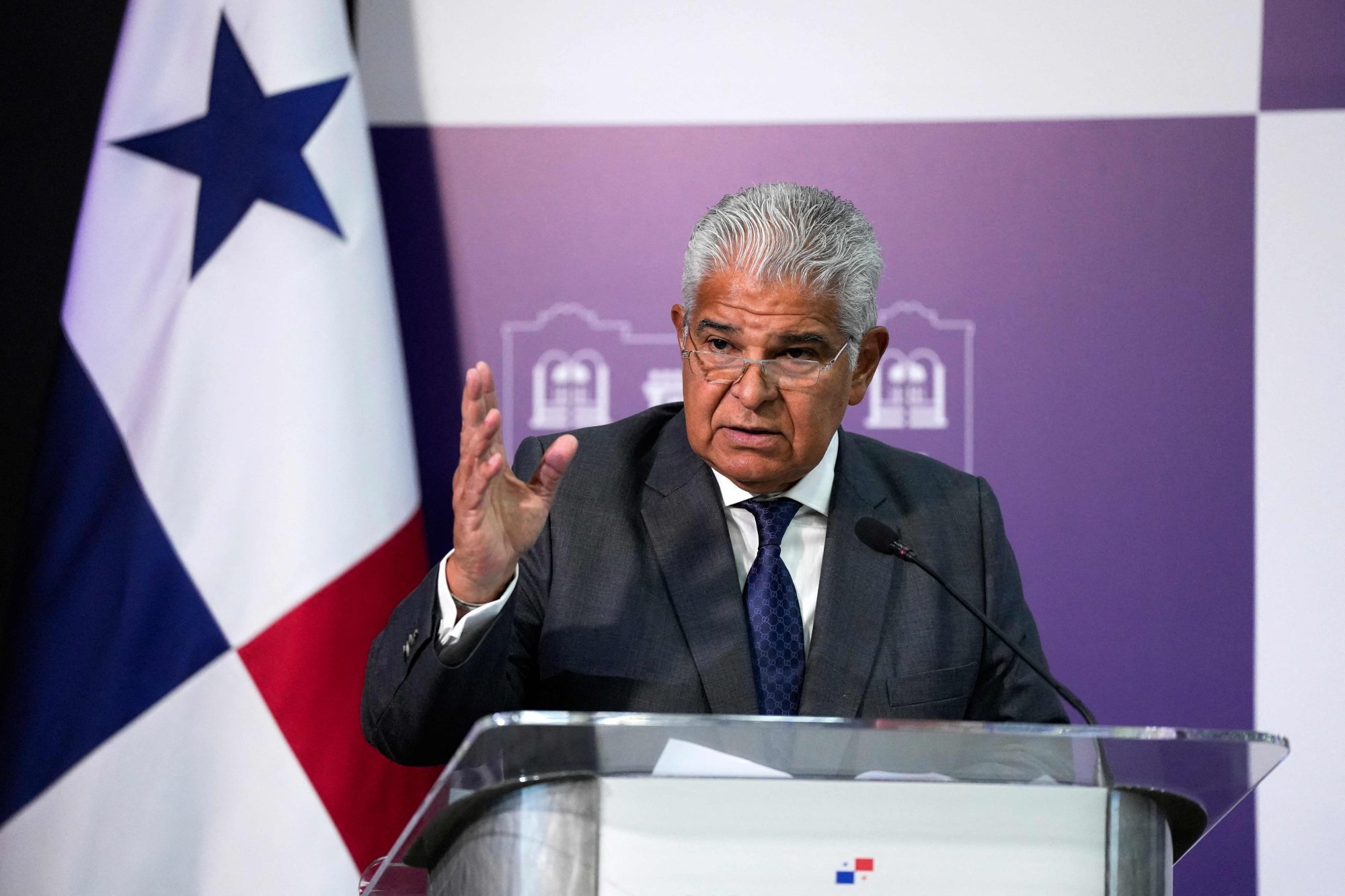
Trump also vowed on Monday to impose tariffs and taxes on “foreign countries to enrich our citizens” and said he would “immediately begin the overhaul of our trade system to protect American workers and families”, without giving details.
Despite constantly raising the issue of tariffs during his campaign, Trump did not immediately move to impose them.
At an Oval Office signing ceremony on Monday evening, Trump said his administration would impose 25 per cent tariffs on Mexico and Canada on February 1, while suggesting that tariffs on China are yet to come. “We may, but we’re not ready for that just yet.”
Trump, who made tariffs a focus of his trade policy in his first term, did pave the way for future action by issuing a broad memorandum directing federal agencies to assess unfair trade practices and currency policies.
Under the new America First trade policy, the commerce and treasury secretaries, as well as the US trade representative, will be responsible for investigating the causes of the country’s “large and persistent” trade deficits with foreign nations.
The government agencies are also directed to evaluate US trade deals, including the “phase one” deal Trump signed with Beijing in 2020 and the US-Mexico-Canada Agreement, his restructuring of the North American Free Trade Agreement.
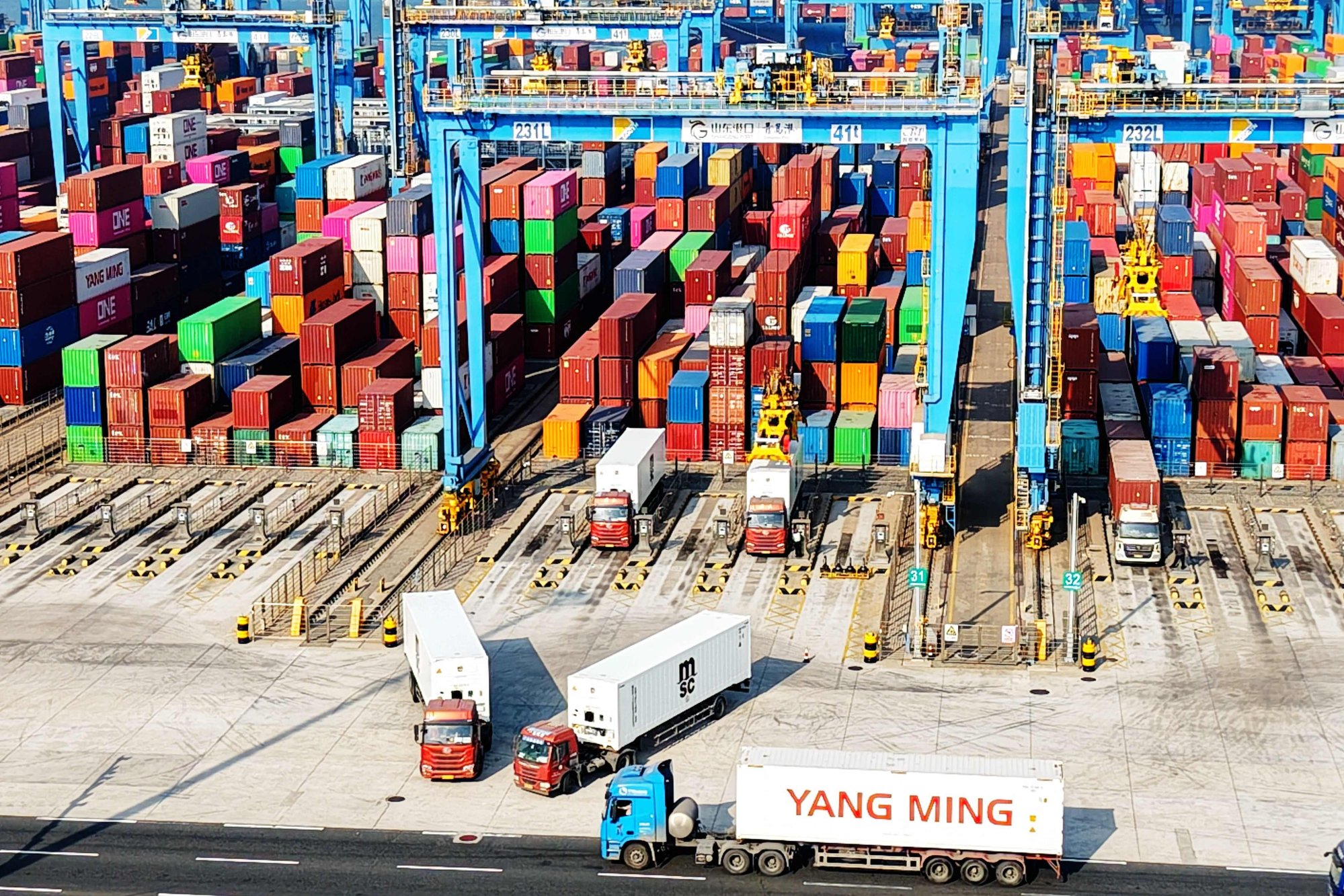
The memo also calls for studies on counterfeit goods and the de minimis exemption for US imports with a value of US$800 or less. Nearly half of all de minimis shipments come from China, according to a Congressional report.
During his campaign, Trump repeatedly floated the idea of raising tariffs, including an additional 60 per cent or more on Chinese goods, and a 25 per cent tariff on all products imported from Mexico and Canada.
There have been calls for the new administration to develop a differentiated tariff rate for China, rather than an across-the-board rate so as to protect the interests of the US and its allies in de-risking from China in critical supply chains.
Emily Kilcrease, director of the energy, economics and security program at the Centre for a New American Security, noted that “a strategic rather than blunt force approach” to setting tariff rates would be more likely to advance US interests.
It could also “mitigate the potential negative costs of tariffs, and provide more opportunities for other major economies to align with US policy,” she wrote, in a policy recommendation on Monday.
There has also been speculation that Trump may invoke the International Emergency Economic Powers Act (IEEPA), which grants the president the power to impose duties and restrict exports, in response to threats to national security, foreign policy or the economy.
Bloomberg reported last week, citing people familiar with the matter, that Trump’s team is considering a schedule of graduated tariffs increasing by about 2 per cent to 5 per cent a month.


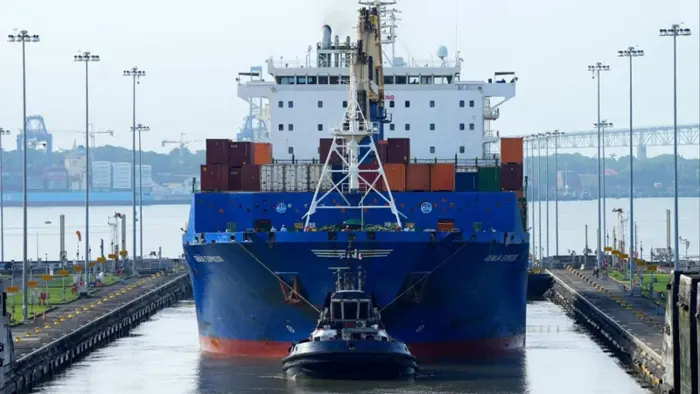
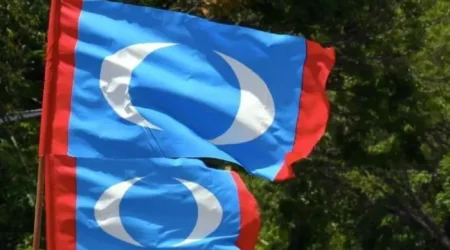


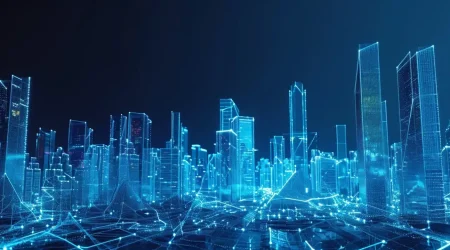
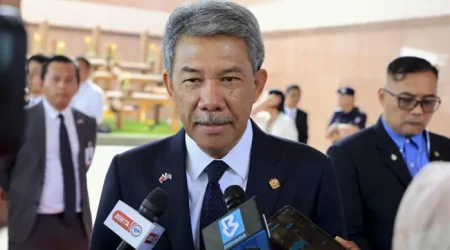
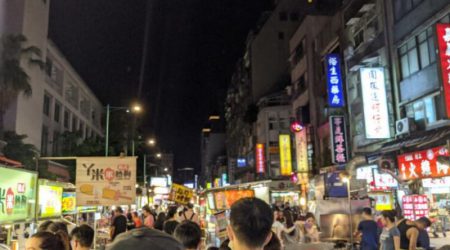
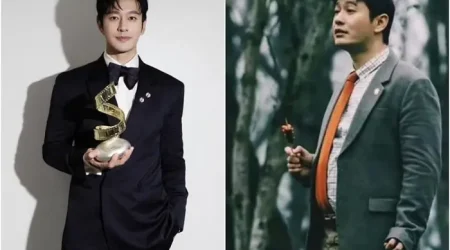

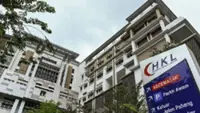
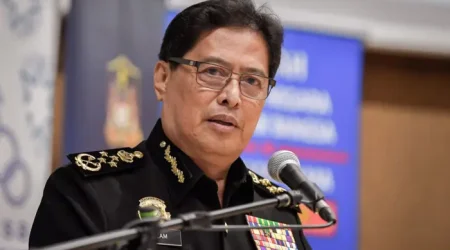
Leave a Reply